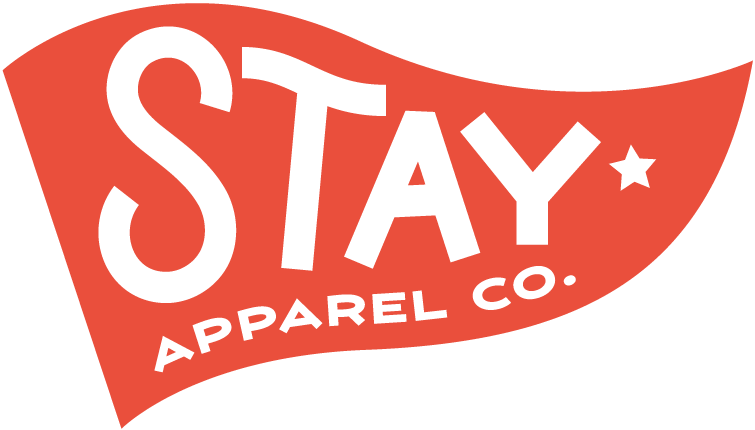Tale of the tee: Pennsylvania Polka
The late Canadian actor John Candy had a brief but unforgettable cameo in the holiday movie classic, “Home Alone.”
He played the fictional Gus Polinski, the “Polka King of the Midwest.”
“Very big in Sheboygan,” he says, referring to the Wisconsin city.
In real life as in reel life, the Midwest has a rich tradition with what began as a Czech peasant dance in the 1800s. (Polka is said to have derived from a Czech phrase for “half step,” or the dance pattern of stepping lightly from one foot to the other.)
But here in the Keystone State, we’re no polka palookas. That’s why our new Pennsylvania Polka Tee reaffirms our state’s rightful piece of the polka pie — both the music and dance style and the dot pattern in fashion.
“Pennsylvania Polka” the song is well known, of course. Written by hillbilly singer Zeke Manners and Lester Lee, it was popularized by the Andrews Sisters in the 1942 movie, “Give Out, Sisters.”
It has been covered by everyone from Canonsburg, Pa., native Bobby Vinton (“The Polish Prince”) to children’s performers The Wiggles to Jack Black in the 2018 movie “The Polka King.” That movie is based on the true story of polka legend Jan Lewan, as is the documentary, “The Man Who Would Be Polka King.”
You might be most familiar with the Frankie Yankovic version of “Pennsylvania Polka” from “Groundhog Day,” starring Bill Murray, which is set in Punxsutawney, Pa., (but mostly filmed in Woodstock, Ill.). The song is heard eight times in the movie, in which Murray’s TV weatherman character continuously relives Groundhog Day.
The song begins:
Strike up the music, the band has begun
The Pennsylvania Polka.
Pick out your partner and join in the fun
It started in Scranton, it's now No. 1
It's bound to entertain you
Everybody has a mania
To do the polka from Pennsylvania
In Northeast Pennsylvania, WVIA-TV still airs “Pennsylvania Polka” at 8 p.m. Saturdays, featuring “the best of polka music and dancing” in that region.
‘Cheerful, light nature’
Polka dancing debuted in Prague ballrooms in 1835 and reached Paris on 1840. It arrived in England and the United States in the late 1840s.
As for the connection between the dance/music and the pattern, the website TheOldTimey.com said it isn’t clear, but “it’s thought that the pattern evokes the cheerful, light nature of the dance.”
The website noted that the first reference to polka dot fabric first appeared in print in 1857 in the Philadelphia-based women’s magazine Godey’s Lady’s Book.
The dance and the pattern witnessed a couple of revivals in the 20th century thanks to hit records: in 1940, Frank Sinatra with “Polka Dots and Moonbeams,” and in 1960, Brian Hyland with “Itsy Bitsy Teenie Weenie Yellow Polka Dot Bikini.”
Minnie Mouse started wearing polka dots in 1961. That makes a whole lot more sense to me than what DC Comics introduced in 1962: a villain named Polka Dot Man, who turned the polka dots on his costume into weapons.
Rest assured, the white dots on our purple Pennsylvania Polka Tee are only intended for peaceful purposes.
We’re expecting this tee to be very big in Scranton and many other parts of polka-loving Pennsylvania.

